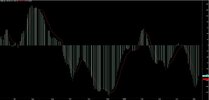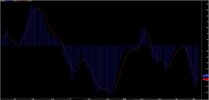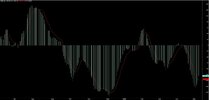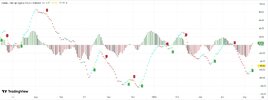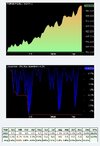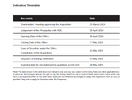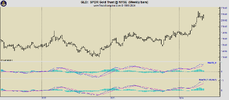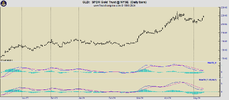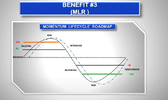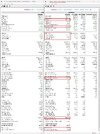- Joined
- 28 December 2013
- Posts
- 6,401
- Reactions
- 24,350
Skate, you've done a bit of work using the MACD in your systems trading.
I want to mention some work done by Alex Spiroglou. He's developed an indicator based on the MACD called MACD-v (volatility normalised momentum). This indicator is unbounded and it's values can be compared across markets (stocks).
I think you may find this indicator more useful in your trading systems. Definitely worth some research.
Edit: Added formula from one of Alex's presentations.
View attachment 176632
@peter2, I appreciate your valuable contribution in sharing information about the volatility normalized momentum indicator (MACD-v). The graphic you provided presents a straightforward formula that is easily comprehensible, simplifying the process of coding it in platforms like Amibroker or Trading View. Even for non-coders, it is as simple as transforming an idea into a mathematical formula, which can be interpreted as code by a program.
Converting this formula into an indicator is a straightforward task. However, transforming that indicator into a trading strategy requires a bit more effort. By conducting backtesting, we can assess whether the idea is worth further development and implementation.
Exploring Alex Spiroglou's idea through a series of posts could indeed hold educational value. However, it is important to present the information across multiple posts to ensure a comprehensive understanding of not only this particular idea but also how it can be combined with different indicators to yield similar results.
It is worth noting, as a disclaimer, that many people often attempt to reinvent the wheel and reimplement well-established concepts as if they were novel and groundbreaking.
Alex Spiroglou's MACD-v code is represented by this mathematical equation
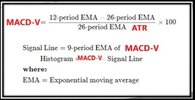
Skate.


